COVID-19-associated Acute Hemorrhagic Necrotizing Encephalopathy: Imaging Features
- PMID: 32228363
- PMCID: PMC7233386
- DOI: 10.1148/radiol.2020201187
COVID-19-associated Acute Hemorrhagic Necrotizing Encephalopathy: Imaging Features
Figures
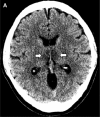
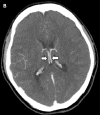


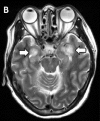



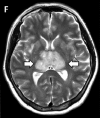
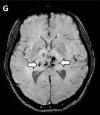
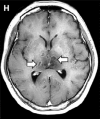
Comment in
-
New-onset psychosis in COVID-19 pandemic: a case series in Madrid.Psychiatry Res. 2020 Aug;290:113097. doi: 10.1016/j.psychres.2020.113097. Epub 2020 May 13. Psychiatry Res. 2020. PMID: 32480119 Free PMC article. No abstract available.
-
Clinical Course of a Patient with Radiographically Described Acute Necrotizing Encephalopathy.Radiology. 2020 Nov;297(2):E278-E280. doi: 10.1148/radiol.2020203132. Epub 2020 Aug 13. Radiology. 2020. PMID: 32787703 Free PMC article. No abstract available.
References
-
- Coronavirus disease (COVID-19) Pandemic . Geneva: World Health Organization, March 23, 2020 (https://www.who.int/emergencies/diseases/novel-coronavirus-2019).
-
- Rossi A. Imaging of acute disseminated encephalomyelitis. Neuroimaging Clinics, 18(1): 149-161. - PubMed
Publication types
MeSH terms
LinkOut - more resources
Full Text Sources
Other Literature Sources
Medical

